Displays in daily life
We offer solutions for various display technologies for the following applications: front light guides, head-up displays, augmented reality, diffusers.
Even for new technologies, like micro-LED, we supply the right components. For this, we have our own production lines to manufacture microstructures and nanostructures.

Markus Rawert
Head of Product Management
Product Manager Display

Frontlight
Front Light Guide is the unique solution for display lighting
Front Light Guides are used in various types of displays, such as reflective LCD or e-paper displays for use in ebook readers or for dynamic escape route signage.
New uses for Front Light Guides include electronic license plates for vehicles and product labeling with electronic price tags. Our Front Light Guides decouple the light on one side and achieve a decoupling ratio between front and back of at least 10:1. We offer high-efficiency Frontlight modules with high transmission and customer-specific light distribution.
70%
40°
10:1

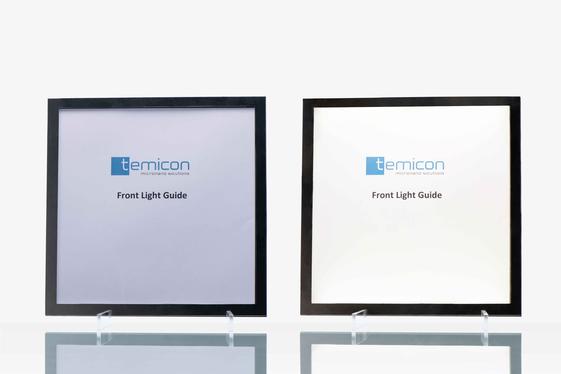

Head-up Display
Micro- and nanostructures for head-up displays
Head-up displays are used in many fields, such as automotive and aviation. temicon offers micro- and nanostructured components such as elliptical diffusers, microlens arrays (MLA) and antireflective structures (moth eyes) for data projection in the eyebox area. We provide the products as film, injection molded parts or as injection molding inserts.
7“
1°-125°
90%

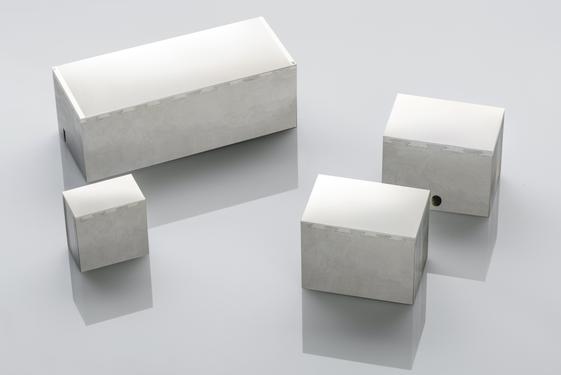

Augmented Reality
Nanostructured optical grids for waveguide displays
Waveguide technology opens new possibilities in AR HUDs. For such holographic waveguide HUDs to operate, nanostructured optical grids are an important element. They make large-surface augmentation possible in the eyebox area while keeping device dimensions compact. To create color images, use of several waveguides with different grid parameters is necessary. We produce nanostructured grids to a diagonal of 17”.
17“
250nm
RGB
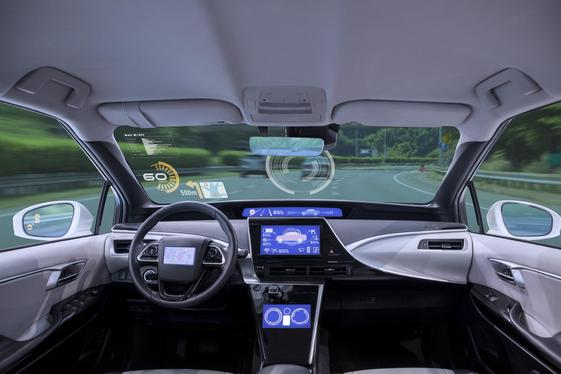
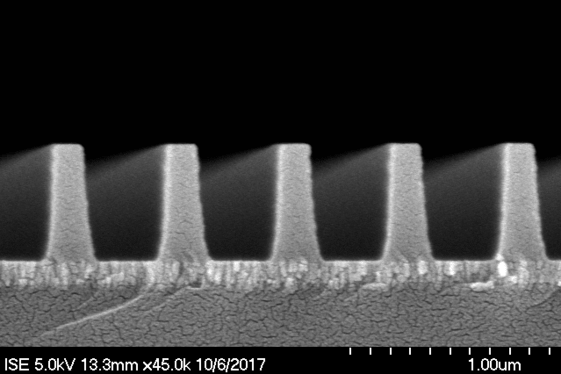

DIFFUSERS
Diffusers for display applications
High-tech applications require product-specific diffuser solutions. This applies to head-up displays, as well as to use in LCD monitors as backlight components. We produce diffusers from anti-glare to wide angle diffusers, with circular, elliptical/linear or top-hat diffusion characteristics as injection molded parts, as film or as an injection molding insert with microstructured surface.
GEN 5
>90°
1°-125°

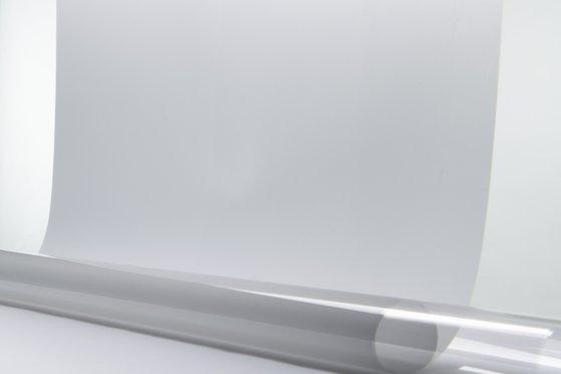

New Display Technologies
Functional surfaces for new display technologies
New display technologies, such as micro-LEDs, reflective displays or virtual and augmented reality applications require microstructured or nanostructured surface, such as holographic diffusers, optical grids, microlens arrays (MLA) or antireflective structures (moth eyes).
As a manufacturer, we can custom produce these and other structures through injection molding, UV roll nanoimprint (roll-to-roll/R2R or roll-to-plate/R2P). Dimensions below 1 µm on surfaces up to Gen 5 (1.1 m x 1.3 m) are possible.The transparent materials cover a wide refraction index from below 1.5 to above 1.65.
<1µm
Gen 5
<1,5 to >1,65

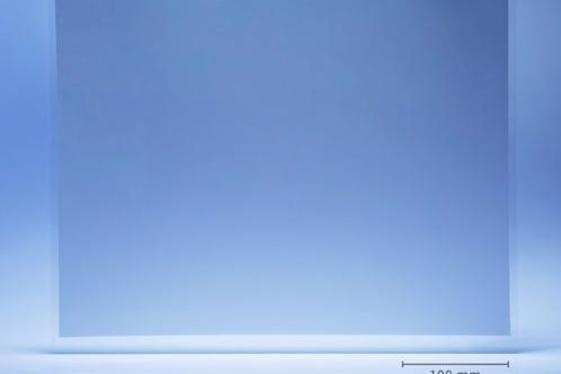
Consultation
We will be happy to advise you.
Which nano- or microstructures would you like for your products? Call us! Benefit from our expertise


